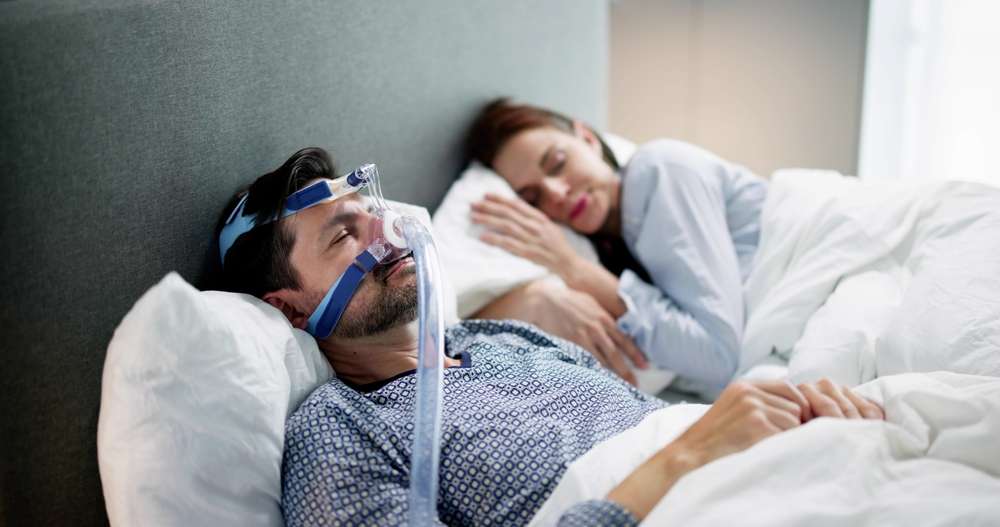CPAP Options: Choosing the Right Therapy for Sleep Apnea
Continuous positive airway pressure (CPAP) therapy is the most common and effective treatment for moderate to severe obstructive sleep apnea, but the landscape of devices, masks, and accessories has expanded considerably. Understanding the types of machines, mask styles, and helper features can make breathing easier at night, improve sleeping quality, and increase the likelihood you’ll stick with therapy. This article explains practical CPAP options, how they work, and what to consider when selecting equipment that fits your lifestyle and comfort needs.

This article is for informational purposes only and should not be considered medical advice. Please consult a qualified healthcare professional for personalized guidance and treatment.
What is sleep apnea and how does CPAP help?
Sleep apnea is a condition in which the upper airway repeatedly narrows or collapses during sleep, causing pauses in breathing, drops in oxygen, and fragmented rest. A CPAP machine delivers a steady stream of pressurized air through a mask to splint the airway open, preventing pauses and restoring more regular breathing patterns. For many people, consistent CPAP use reduces daytime sleepiness, lowers cardiovascular strain associated with untreated apnea, and improves overall sleep quality. Your clinician typically confirms the diagnosis with a sleep study and prescribes a pressure setting or device mode that matches your needs.
How does a CPAP machine differ from other devices?
There are several machine types: fixed-pressure CPAP supplies one continuous pressure setting, while automatic positive airway pressure (APAP) adjusts pressure breath-by-breath within a prescribed range to respond to airway changes. Bi-level positive airway pressure (BiPAP) provides two distinct pressures for inhalation and exhalation and is sometimes used for complex cases or when patients have difficulty tolerating continuous pressure. Modern devices also include features such as ramp (gradually increasing pressure as you fall asleep), integrated humidifiers to reduce dryness, and data recording to track adherence and residual events. Choice of machine depends on your diagnosis, comfort, and clinician recommendations.
How do I choose the right mask for comfort and fit?
Mask choice is one of the most important decisions for long-term adherence. Common styles include nasal pillows (small inserts that sit at the nostrils), nasal masks (cover the nose), and full-face masks (cover nose and mouth). Nasal pillows and masks are typically lighter and less obtrusive for side sleepers, while full-face masks work well for people who breathe through their mouth or have higher pressure needs. A proper seal prevents leaks that can disturb breathing and sleeping; mask sizing, headgear adjustments, and trying multiple models can help. Many suppliers and sleep clinics offer mask-fitting sessions or trial periods so you can determine the best option.
What features improve breathing and sleeping with CPAP?
Humidification reduces nasal and throat dryness and can ease nasal congestion that interferes with breathing. Heated tubing helps maintain a stable temperature and reduces condensation (commonly called “rainout”). Ramp functions and pressure relief on exhalation (EPR/CFlex) make initial use more comfortable and can reduce the sensation of fighting the airflow when exhaling. Data connectivity—via wireless or smart cards—lets clinicians review usage and make pressure adjustments remotely, helping fine-tune therapy. Regular equipment maintenance, filter replacement, and scheduled mask or hose changes also preserve performance and hygiene, supporting uninterrupted, restorative sleeping.
What other CPAP options and accessories are available?
Beyond core machines and masks, accessories can improve comfort and usability. Chin straps can help prevent mouth leak in nasal-mask users. Mask liners and cushions can reduce skin irritation and improve seal. Travel CPAPs are smaller, quieter, and often battery-compatible for people who move frequently or go on trips; however, they may have limitations in humidity support or maximum pressure. For those intolerant of CPAP, alternatives include oral appliances fitted by a dental specialist, positional therapy devices for patients whose apnea worsens when supine, and, in selected cases, surgical options. Discuss alternatives with your sleep specialist to match treatment to the severity and cause of your sleep apnea.
Troubleshooting common issues with masks and machines
Many users face initial challenges: mask leaks, nasal congestion, dry mouth, or claustrophobia. Simple fixes often resolve these problems. Ensure the mask is the correct size and adjusted snugly but not overly tight. Use humidification or a heated hose to address dryness. If nasal congestion persists, saline rinses or nasal steroid sprays (used under medical advice) can help. For claustrophobia, start the machine while awake for short, incremental periods and practice relaxation techniques. If problems continue, contact your sleep clinic or equipment supplier; they can offer alternative mask types, different machine modes (such as APAP or BiPAP), or a structured desensitization plan.
Conclusion
CPAP options span a range of machines, masks, and supportive features designed to match individual anatomy, breathing patterns, and lifestyle. Effective therapy combines the right equipment, proper fit, and consistent use, guided by a sleep clinician’s assessment. With the right approach and available accessories, most people with sleep apnea can achieve better breathing and more restful sleeping, improving daytime functioning and long-term health outcomes.






